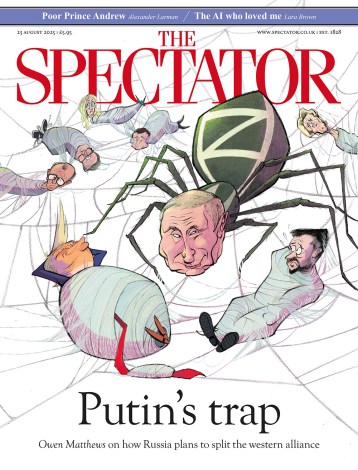Ten men went to mow
Sitting at Stamford Bridge at the weekend, Chelsea trailing Bolton 0-1, I reflected on the nature of 11 brilliant players and their manager. After Mourinho’s half-time talk, Chelsea scored four goals in 10 minutes. There are inspiring and uninspiring gaffers. If he were a conductor, José Mourinho would be a virtuoso, but what does this imply? Passion, charisma, sensitivity, psychological insight and a spiritual dimension are all vital, but perhaps Otto Klemperer, one of the subjects of this impressive book, succeeded in subsuming all this into a simple phrase, ‘the power of suggestion’, in a 1969 interview: ‘The art of conducting lies, in my opinion, in the power of suggestion
